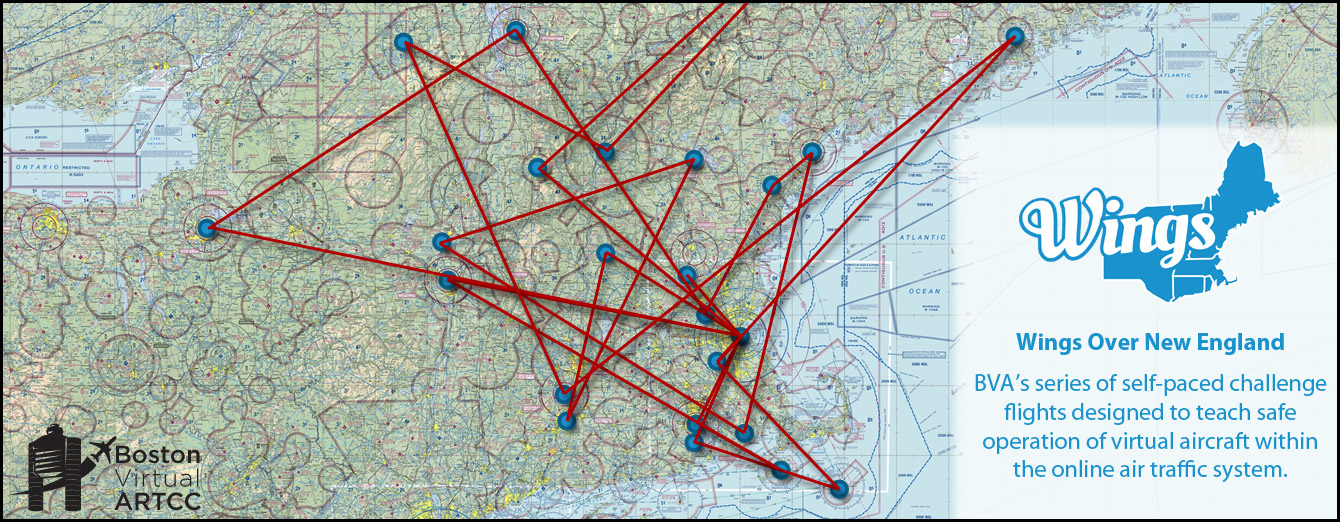I didn't see a thread here with discussion on the new VATUSA Traffic Management Unit so I thought I would make one.
In this post, I'm advocating that OPLEVEL3 needs to be re-thought and either be:
1. Scaled back significantly if it's going to apply to all FNOs
2. Re-defined to only apply to larger, 3+ ARTCC FNOs
I'm not ARTCC staff so perhaps there's a discussion I've missed. Specifically, I wanted to know if there has been any discussion from ARTCCs about some of the staffing requirements. From reading the PDF, it seems to me that VATUSA expects (or, at least wants) Tier 1 facilities to staff a dedicated TMU position any time there is a neighboring event (Page 18). Using the sample ZTL FNO that's described, that would mean Indy, Washington, Memphis, Jacksonville, and Houston would all be expected to staff not only Center but
ALSO TMU. And then beyond that, there are going to be two representatives from the "national" level. That means we are going to go from having 0 required TMU controllers today to having 8 dedicated TMU positions. Doesn't that seem like a pretty big jump?

How many of our events really go that far "down the tubes" that 8 dedicated people are required to work TMU? As of today, I'd just be happy to have each of my neighboring facilities staffed with 1 controller!
Later in the document, using the same example, it says USA96 would cover the TMU function for facilities "where staffing isn't available". That seems to imply a facility should be trying to cover TMU. Speaking for myself, not as ARTCC staff, I would not feel comfortable assigning a controller to work a TMU position to support a neighbor's event. That is going to be a very boring 4-5 hours for whoever gets that assignment. Having worked plenty of "support" for neighbor ARTCCs, I can say that almost never does ZDC traffic get overwhelming for us to manage. Every now and again a ZNY event gets busy (because of the popularity of New York airports) but in those scenarios, we would much rather split Center than have one person working TMU watching the Center controller drown in managing the holding stack.
Expecting someone to "sit and watch" on TMU during a ZDC FNO is unrealistic and disrespectful. I can't imagine anyone wanting to do that on a regular basis.
Particularly if the limit on the centralized training program for TMU controllers is a maximum of 6 per facility, it seems there will be a challenge to find certified individuals who want to do this work.
Similarly, asking all Tier 1's to attend a meeting the night before an FNO seems a little over the top. You're going to take about 10 people away from potentially controlling on-network for a planning meeting. Again, I wonder how necessary this is, or if some of this could just as easily be managed via a Discord discussion the evening before.
I know we're striving for realism in our operations but not every FNO is CTP. I suspect if you did a poll of VATUSA controllers, you'd find that only a few really are interested in TMU as a subject area (if they have done 1-2 events as a TMU before; it does seem interesting before you do it the first time). ZBW has historically staffed a TMU during any of what you're calling "OPLEVEL4" events: Cross the Pond, Boston Tea Party, etc. Everyone who has ever done it hates the fact that they have to effectively sit out the event and not control. We rotate it and live with it because, during those events, it's a necessary evil. But I can't see how that's justifiable while we're called to staff up for a neighbor's FNO.
The overall theme of this post is: this should be fun, for us and the pilots. There's a risk to layering the TMU stuff on so thickly the enjoyment a pilot gets in flying in this airspace becomes diminished. Yes, sitting on the ground is better than holding in the air. But there's a risk we start creating significant ground delays and no lineup at the other end. I think most pilots would prefer to fly to a busy, but manageable, airspace than to wait for 20 minutes and have a completely quiet arrival experience. Likewise, a lot of controllers do this because they enjoy the experience. Let's not take that away by mandating TMU time. I'd much rather spend an evening controlling on-network than participating in an hour-long planning meeting with a neighbor two doors down, particularly when I'm probably only going to work 20 of their airplanes.
There are absolutely, without question, some airports and some events that require a concerted TMU effort, particularly with the increases in traffic we have seen lately. For "OPLEVEL4" events...sure, let's have a TMU rep from each facility that's participating (as we've always done with CTP). But expecting or even asking ZBW to staff two separate Center-rated controllers, one to work traffic and a second to be TMU, for a ZDC event, is ridiculous.
There are good concepts here and many of them would be strong additions to the event lineup. But I challenge you to explain what problem you are really trying to solve when you say that two people, a Center and a TMU, are going to be requested from every Tier 1 for every FNO. I would advocate for removal of the OPLEVEL3, scaling it back significantly if it is going to apply to FNOs, or only categorizing some larger FNOs (like those involving 3+ ARTCCs as event facilities) as OPLEVEL3 and then leaving others as OPLEVEL2. Regardless, there should not be a requirement or expectation for neighbors to provide TMU staffing or pre-event discussion for a simple, single-airport FNO. Let's focus on getting the neighbors staffing their airspace first.



